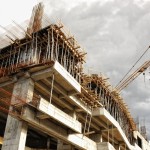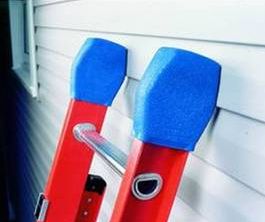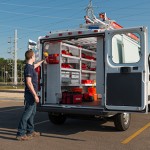OSHA will conduct a national safety stand-down June 2-6 to raise awareness among construction employers and their workers about the hazards of falls, the leading cause of fatal incidents for the industry.
OSHA is seeking partners for the stand-down, and it has stocked a national safety stand-down website with information about how to conduct a successful stand-down. After it takes place, employers will be able to provide feedback and receive a personalized certificate of participation.
An OH&S webinar on April 3 is another way to get information about preventing construction falls. Three experts from OSHA (Jim Maddux, Directorate of Construction director); NIOSH (Dr. Christine Branche, Office of Construction Safety and Health director); and CPWR—The Center for Construction Research and Training (Pete Stafford, executive director) will discuss OSHA’s ongoing Fall Prevention Campaign and the latest information about the causes of falls in the U.S. construction industry.
“Falls account for more than a third of all deaths in this industry,” said Dr. David Michaels, the OSHA assistant secretary. “We’re working with employers, workers, industry groups, state OSH plans, and civic and faith-based organizations to host safety stand-downs that focus on recognizing hazards and preventing falls. We are getting the message out to America’s employers that safety pays and falls cost.”
The stand-down is part of OSHA’s ongoing Fall Prevention Campaign, which was started in 2012 and was developed in partnership with the National Institute for Occupational Safety and Health and NIOSH’s National Occupational Research Agenda program.
“We are pleased to join again with OSHA and our NORA partners to focus on fall prevention at construction sites,” said NIOSH Director Dr. John Howard. “Preventing falls in the construction industry benefits everyone, from the worker, to the employer, to the community at large. This safety stand-down serves as an important opportunity for everyone to take the time to learn how to recognize and prevent fall hazards.”






